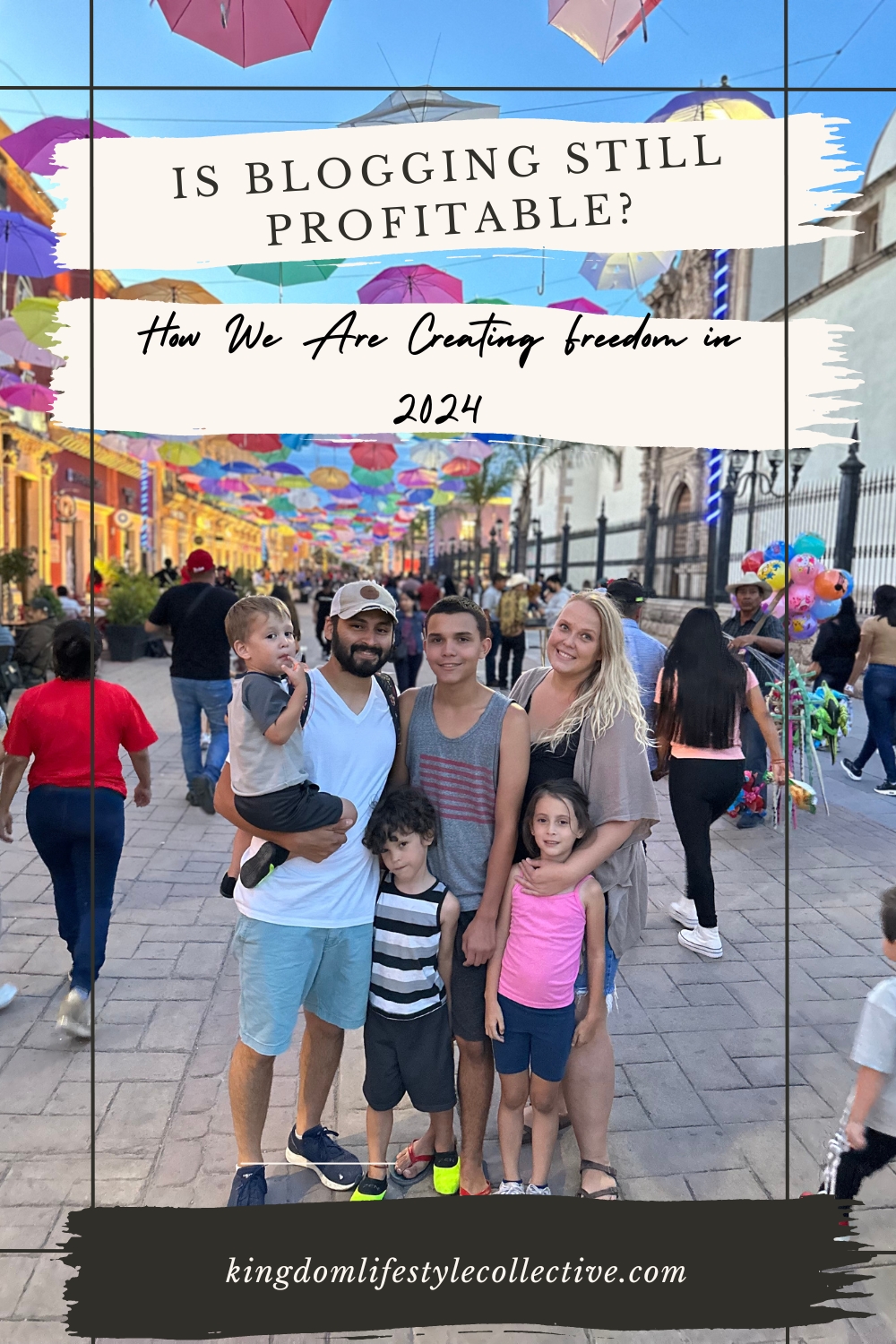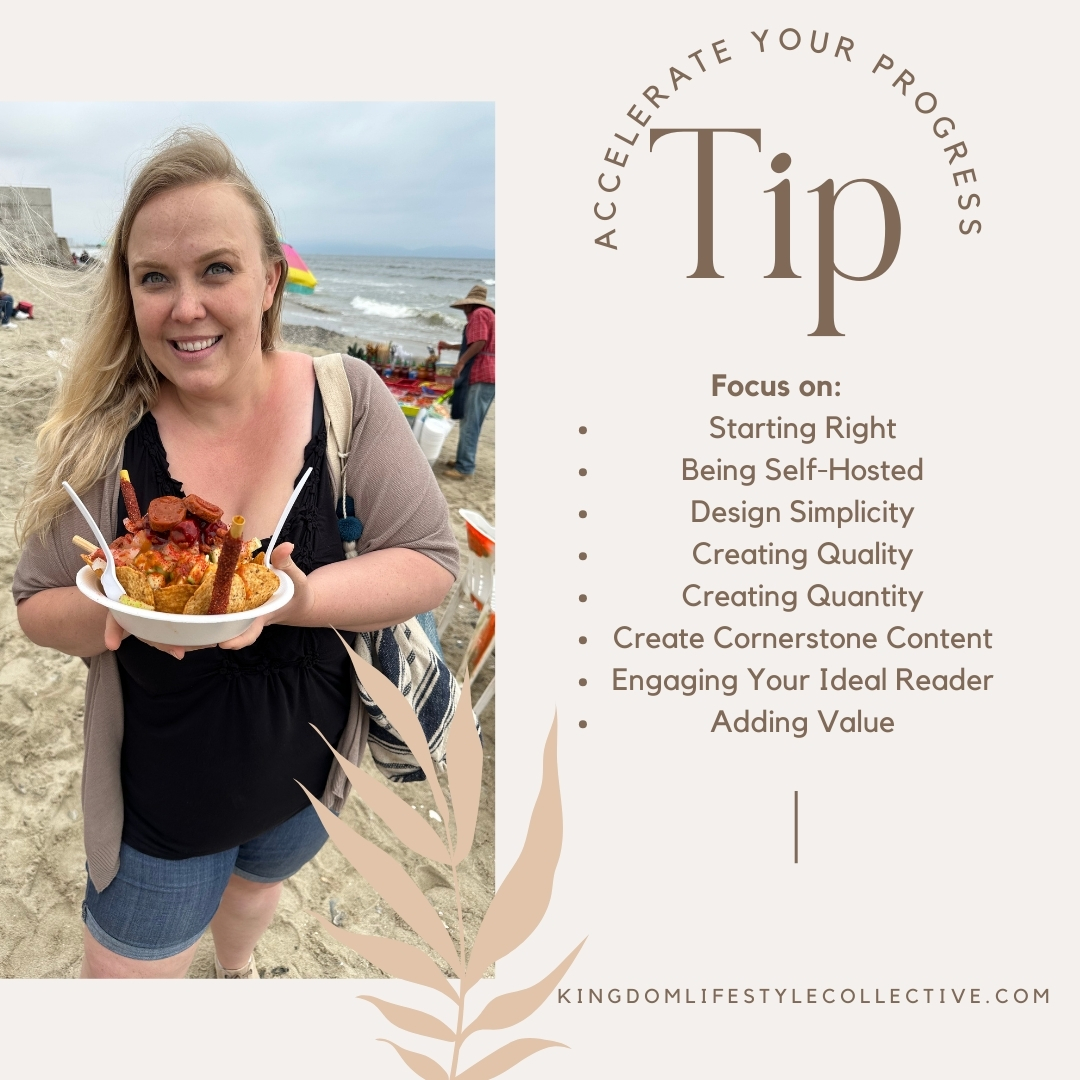Is Blogging Still Profitable in Today’s Market?
A Resilient Business
Despite the lingering rumors that “blogging is dead,” my journey since starting in 2018 and restarting again in 2024 has proven otherwise. Blogging is still profitable! The digital world is evolving rapidly, yet the ingenuity and adaptability of bloggers continue to thrive. In fact, launching a blogging business is becoming increasingly accessible and straightforward.

The Role of Social Media and Technology
Advancements in social media and technology have streamlined the blogging process significantly. New bloggers are achieving profitability faster and with lower costs than in the past. Features like integrated timers and draft backlogs on platforms like Pinterest and TikTok support creative business owners in promoting their websites effortlessly. These tools have transformed how bloggers interact with their audience and market their content.
Diversifying Income Beyond Ads
While ad revenue remains a viable income stream, the blogging landscape in 2023 shows a shift towards digital products, courses, and affiliate marketing as significant sources of income too! These methods offer faster payouts than traditional ad revenue, which usually operates on a net 60 basis. With products and courses, you can receive same-day pay! It’s important to only launch products once you’ve established trust with your readers, and added significant value to their lives.
Creating Valuable Digital Products
So when is the right time to launch digital products or courses? The key to successful digital products and courses is understanding your ideal reader’s needs. Before venturing into product creation, establish a strong relationship with your audience. This approach prevents the risk of losing trust by offering products that fail to deliver on their promises.
Cautionary Tales: The Importance of Delivering Value
My experience with a dropshipping course, less than a month before I decided to start blogging again, illustrates the pitfalls of under-delivering. The course, which cost $100, offered under 10 minutes of content and could have provided more substantial value. It actually only taught me how to sign up for a Shopify account! This experience highlighted the importance of offering high-value, low-risk products to my readers. As a blogger, it’s crucial to create content and products that genuinely meet the needs and expectations of your audience.
Embracing Blogging as a Profitable Venture
The narrative that “blogging is dead” is far from accurate. Today’s blogging environment offers numerous opportunities for generating income through various channels. By leveraging the right tools and understanding your audience, you can create a profitable blog that stands out in the digital space. Whether it’s through ads, affiliate links, or digital products, the potential for earning through blogging remains strong and accessible to new bloggers.
Key Factors Influencing the Financial Success of Your Blog
The Importance of Blog Post Quantity
- Optimal Post Range: Achieving passive income typically requires having 100 to 299 blog posts (keyword being: passive). While blogs with fewer than 99 posts can be successful and highly profitable, they are not yet passive.
- Content Quantity and Blog Growth: More blog posts generally lead to a larger content base, potentially increasing your blog’s passive income capabilities.
Diversifying Revenue Streams
- Revenue Variety for Enhanced Profitability: A single revenue stream can lead to profitability, but having four or more streams has been shown to maximize earnings. These may include ads, affiliate links, digital products, coaching, speaking engagements, sponsored posts, courses, and physical products.
- Personal Example: Since restarting my blog, I’ve established three revenue streams: coaching, affiliate links, and digital products. Expansion into additional streams like ads and more affiliate programs is underway but not a high-priority as I am already experiencing significant growth.
Page View Significance
- Direct Correlation with Profitability: Increased page views typically translate to higher profitability. Adding unique blog sections and posts can boost page views.
- Creating Value for Readers: Limited blog content constrains the value you offer your readers, potentially reducing time spent on your site. If you only have 3 posts on your blog, your readers can only look at so many pages.
Time Investment’s Role
- Initial Effort is Crucial: The amount of time you dedicate to your blog at the start is critical. More time invested often equates to faster revenue generation. A blogger who can dedicate 40 hours a week will have an advantage over one who can only spend 10.
- Consistency Over Quantity: Even with a few hours a week, consistent blogging can lead to success. My experience in 2018 with 10 hours per week still resulted in rapid profitability because I knew how to add value to my blog.
Accelerating Your Blog’s Earning Potential

Setting Up Your Blog for Success
- Starting on the Right Foot: Properly setting up your blog is essential for early profitability. Avoid common pitfalls with my free post series guiding you through the setup process.
- Be Self-Hosted: If you aren’t self-hosted, you don’t own your blog and will hit walls by being denied access to monetize your blogs. My host is BlueHost. I highly recommend them as they are the most affordable option that still has good customer service, and they provide a free custom domain.
- Design Simplicity Over Customization: Unlike platforms like MySpace, your blog doesn’t need extensive customization. A clean, professional design is more effective and should be maintained consistently. I also share how to do this in part 2 of my profitable blog series.
Content Creation Strategy
- Race to Publish: Aim to publish your first 10 posts quickly. These should be relevant, helpful, and centered around your ideal reader’s problems, not focused on you at all.
- Including Cornerstone Content: Among these initial posts, include cornerstone content as discussed in the Profitable Blog Series.
- Regular Posting for Momentum: In the beginning, aim for at least one blog post per day and frequent social media updates to maintain engagement and growth.
Prioritizing Quality Over Quantity
- Engaging Your Ideal Reader: Ensure each post is insightful and addresses your reader’s needs. Avoid self-centered content and focus on providing value.
- Appropriate Content for Different Platforms: Reserve personal, day-in-the-life style content for social media. Blog posts should be informative and relevant to your niche, offering solutions and insights to your readers.
By focusing on these key factors and strategies, you can effectively enhance the financial success of your blog, turning it into a profitable and rewarding endeavor.

















